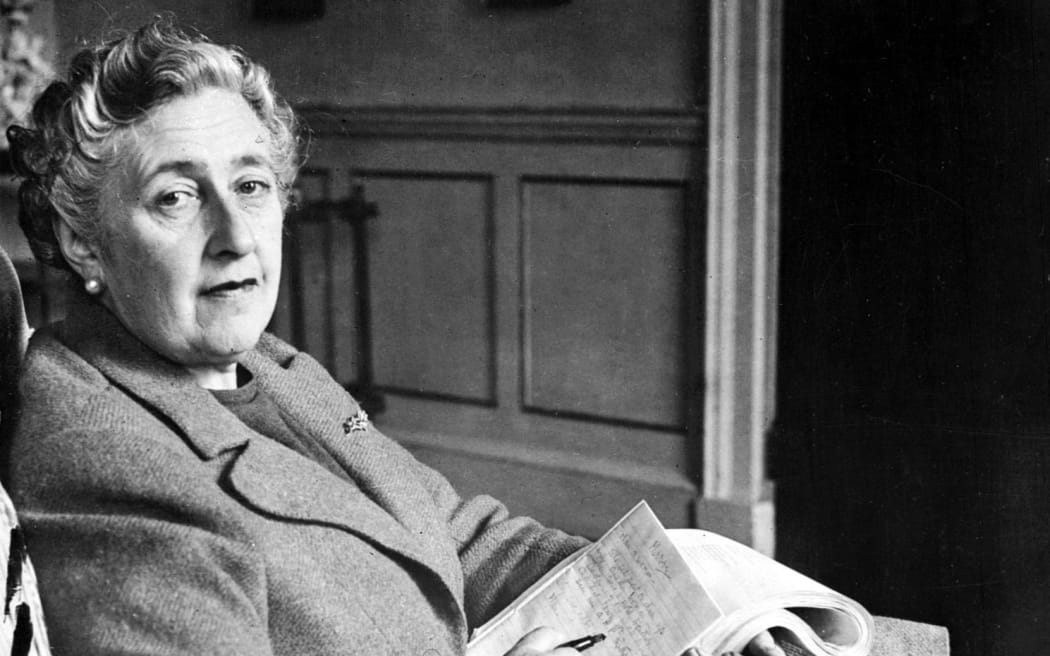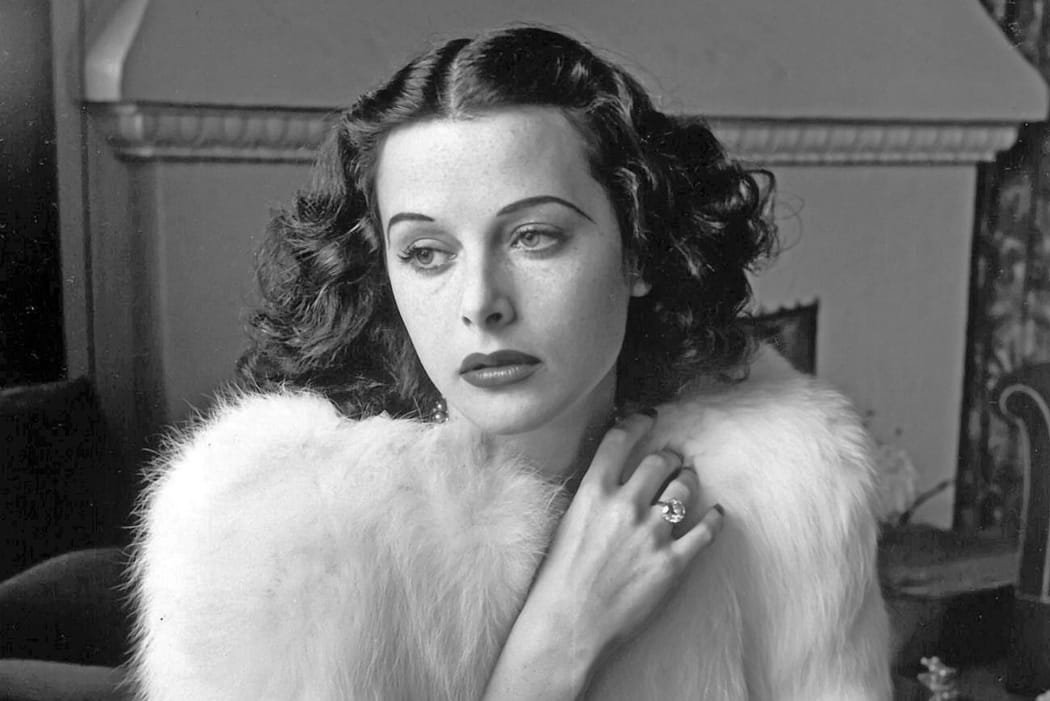The Mystery of Mrs. Christie is a novel that tackles the historical puzzle of crime writer Agatha Christie's mysterious 11 day disappearance at the beginning of December in 1926.

Dame Agatha Christie, in March 1946 in her home, Greenway House, in Devonshire. Photo: AFP
It is the latest book by New York Times best-selling author Heather Terrell (writing as Marie Benedict) who has written many untold stories of prominent women in history.
Before she started writing full-time Terrell was a lawyer and she has more than 10 years experience at two leading US law firms and for Fortune 500 companies.
Terrell said her parents were "supportive but surprised" when she told them she wanted to go from being a lawyer to an author.
She described the career change as "a leap of faith".
"Over the years the compulsion to really write, to kind of excavate into the past and dig out these untold histories really became overwhelming and I knew I couldn't proceed on as a lawyer anymore."

Heather Terrell's latest book tackles the 11 day disappearance of one of the world's most famous crime writers in 1926. Photo: Marie Benedict
After delving into Agatha Christie's background Tyrell said she realised that her 11 day disappearance was a pivotal moment in Christie's life.
"It was the lens through which so much of her life from that point forward would be viewed and it in many ways also helped resolve the question of who Agatha Christie was and how she actually rose up to become this most famous mystery writer of all time."
Christie was grappling with some very modern issues during this time, Tyrell said.
Tyrell's fictional story opens with Christie in her early 20s having led an "idyllic monied life" and society telling her that it was her job to get married.
Christie fell in love with and married Archibald Christie, but then he went off to fight in World War I, eventually becoming a Colonel.
"This man Archibald Christie really swept her off her feet, but then they were apart for a long time, you know and during that time period she was a nurse in World War I, which was unusual for a girl of her class, she became a pharmacist's assistant and became super knowledgeable about poisons which served her well later in her life."
After Archibald Christie returned from the war he was very different and struggled to find his way in terms of employment, Tyrell said.
It was during this time that Agatha Christie began writing partly through financial necessity but her husband was not happy about this.
"She could only pursue her writing if she still got dinner on the table and took care of their daughter."
And then things get worse and their relationship "goes horribly off the rails".
"She's really struggling between what she's told a woman's role should be and who she kind of finds herself to be - and that's really the setting of the beginning of her disappearance."
Christie's dramatic disappearance 'captured people's imaginations'
Christie was found after 14 days at a hotel registered under the surname of her husband's mistress.
Tyrell said the fact that Christie chose not to write about her disappearance in her autobiography, almost felt like an invitation for another writer to take up the story.
"The disappearance itself really captured people's imaginations because it was so dramatic, because it was like torn from the pages of one of her own novels.
"It wasn't just like she wasn't there anymore, it was like she disappeared in the dead of night, her car was found running on the edge of a cliff, it was overlooking a deep still lake that was known to have been a place of many suicides."
Police officers and thousands of volunteers were involved in the search and it became an enormous media event worldwide, Tyrell said.
"This idea of this young mother, this mystery writer on the rise, she wasn't this famous Agatha Christie that we think of now, gosh this wife of a World War I pilot, the fact that she could go missing was just really devastating for people, they just couldn't quite believe it."
Christie's visit to New Zealand
Prior to her disappearance in 1922, Agatha Christie left her two-year-old daughter with her mother and went on a nearly year long tour of Commonwealth countries, including New Zealand.
"In this book that her grandson put together she has some really rapturous descriptions of the New Zealand people, the countryside.
"They capture this very youthful adventuresome side of Agatha Christie."
Tyrell recommends one of Agatha Christie's early books, The Man in the Brown Suit, for anyone who is interested in reading about Christie's exploration.
Hedy Lamarr: movie star and inventor
Terrell said she keeps a list of women who she might be interested in writing about.
One of them was Austrian-born actress Hedy Lamarr who had a 28 year acting career in Hollywood starting in the 1930s and who is now also known as an inventor.

Hedy Lamarr in 1938. Photo: Diltz/RDA/Everett Collection
Terrell said as she "peeled back the layers of Hedy Lamarr the beautiful film star", her origin story became far more interesting than her life as a Hollywood actress.
"Her upbringing, her marriage to this unbelievable munitions manufacturer, who was kind of in league first with Mussolini and ultimately with Hitler, her access to all that information."
Lamarr's father indulged his daughter's interest in the sciences which was uncommon for that time.
Lamarr brought all that knowledge with her to the US and when Hitler started to take over Austria, which she feared, she decided to use that information and strike out to the extent that she could, Terrell said.
Lamarr was a self-taught scientist and she "created a weapon that she hoped could be used to strike out against Hitler".
During World War II Lamarr invented an electronic device that minimized the jamming of radio signals and although it was never used, it has been credited with being a component of current satellite and cellular phone technology.
At that time it was not thought "a woman could be beautiful and brilliant", Terrell said.
She said this was one of the reasons that the Navy decided not to utilise Lamarr's invention.
"I think if she had been encouraged at that pivotal juncture I think it's possible we might have known more about Hedy Lamarr the inventor and budding scientist than we did."
Terrell's book The Only Woman in the Room explores Lamarr's life.

